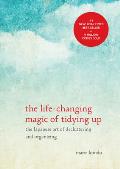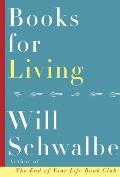I just wanted to let you know that my book is on sale, now through Cyber Monday, November 27. All e-book formats are on sale, and the paperback when bought through Amazon (sorry but I don't have control over pricing of the paperback through other online and in-store retailers but it is available everywhere). It makes a great gift for anyone dealing with any kind of chronic medical issues.
About the book:
"Whether you are in the early days of living with chronic
illness or have been at it for years (or decades), there are always challenges
in living a life framed by limitations and restrictions, where isolation is a
common issue. This guide provides inspiration, advice on emotional coping, and
guidance on living your best life with chronic illness from someone who’s been
there. Though it seems impossible at first, your life will eventually settle
into a new normal, and while that life may be different than the one you had
planned, it can still be a vibrant, fulfilling life based on strong
relationships, a healthy emotional state, and finding joy in every day. The
emphasis in this book is on LIVING your life, not just enduring it.
From Sue Jackson, the author of the popular and
award-winning blog Live with ME/CFS, comes
a book to help you live your best life with chronic illness. Based on Sue’s over
20 years living with chronic illnesses in her own family, writing her blog,
writing articles on chronic illness, and leading multiple support groups, she
provides support and practical advice you can use."
A few of the many 5-star reviews:
Loved It “This
book was eye opening and helpful. I am recently diagnosed with Lupus and
struggling to understand it all. This book helped me to understand my life
isn't over and I don't need to feel guilty when I can't do all the things.
Instead I just need to change how we do things such as have movie nights etc.”
A Must Read for Those Struggling with Chronic Illness and Their Families - There is nothing more desperate than trying to find someone who “gets” it! Chronic Illness is real and the emotional toll it takes on the patient and family is tremendous. Looking for someone to help or at least understand is almost impossible. This book gives hope to those suffering from chronic illness by letting them know they are not alone, that there is help out there, and there are things to do to get you through those dark and scary times. There were very limited and often outdated books available to help my family during our initial struggle dealing with a child with a chronic illness. In the beginning life was a lonely and living hell. I was blessed to find Sue and a wonderful group of people online, who shared similar experiences and showed us how to survive in our new “normal”!”
“Encouraging - Chronic illness is difficult to say the least. The daily challenges you face are often so debilitating. Suzan does a wonderful job sharing her and her family's challenges and triumphs living with chronic illness. What a comfort to know there are people who understand and really "get" what you’re going through. Having support makes a world of difference when you are battling an illness and is essential in moving forward and living your best life. I recommend this book if you have a chronic illness or if you know someone that does.”
I am only half way through and it has saved my life.
Seriously.”
If you're in the US, I hope you're enjoying the holiday weekend!



















